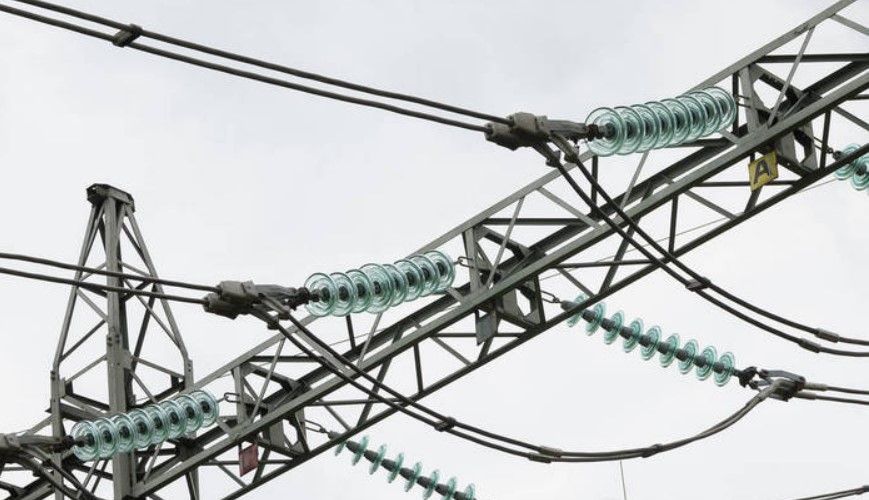Nanomaterials are revolutionizing various industries. Their unique properties offer significant advantages in electrical insulation. In the context of insulators, nanomaterials enhance performance and durability. This article explores how nanomaterials are applied in insulators and their impact on overall efficiency.
Understanding Nanomaterials
Nanomaterials are materials with structures at the nanoscale, typically between 1 and 100 nanometers. At this scale, materials exhibit unique physical and chemical properties. These properties include increased strength, lighter weight, and improved electrical conductivity. These characteristics make nanomaterials ideal for enhancing insulator performance.
Types of Nanomaterials Used in Insulators
Several types of nanomaterials are utilized in the production of insulators. Common examples include carbon nanotubes, nanoclays, and metal oxides. Each type contributes differently to the properties of the final product.
Carbon Nanotubes: Carbon nanotubes (CNTs) are renowned for their strength and electrical conductivity. When added to polymer-based insulators, they improve mechanical strength while maintaining lightweight characteristics.
Nanoclays: Nanoclays enhance the thermal and mechanical properties of insulation materials. They improve resistance to moisture and UV degradation, making them suitable for outdoor applications.
Metal Oxides: Metal oxides, such as titanium dioxide and zinc oxide, improve the electrical properties of insulators. They help reduce electrical losses and enhance dielectric strength.
Enhanced Electrical Properties
Nanomaterials significantly improve the electrical properties of insulators. The addition of nanomaterials increases the dielectric strength. This means insulators can withstand higher voltages without breaking down.
Nanomaterials also reduce the risk of electrical discharges. They create a more stable insulating surface, minimizing the chances of partial discharge. This stability is essential for ensuring long-term performance in high-voltage applications.
Improved Mechanical Strength
The mechanical strength of insulators is critical for their durability. Nanomaterials enhance this strength by reinforcing the matrix of the insulating material. This reinforcement helps resist physical stresses, such as impact and tensile forces.
For instance, incorporating carbon nanotubes into polymer insulators increases their tensile strength. This improvement allows the insulators to withstand harsh environmental conditions, including high winds and ice loads.
Resistance to Environmental Factors
Insulators face various environmental challenges. These include moisture, UV radiation, and temperature fluctuations. Nanomaterials help insulators resist these factors effectively.
Nanoclays, for example, enhance moisture resistance. They prevent water ingress, which can lead to electrical failures. Similarly, metal oxides provide UV resistance, protecting insulators from degradation caused by sunlight.
Thermal Stability
Thermal stability is crucial for insulators used in high-temperature environments. Nanomaterials improve the thermal properties of insulating materials. They help maintain performance under extreme heat.
For example, the incorporation of nanoclays can improve the thermal conductivity of polymer insulators. This improvement helps dissipate heat more effectively, reducing the risk of overheating and material degradation.
Sustainable Practices
The use of nanomaterials can also support sustainability in insulator production. Nanomaterials often require less raw material than traditional options. This can lead to reduced waste and lower environmental impact.
Moreover, insulators made with nanomaterials can have longer lifespans. Their enhanced durability means fewer replacements are needed over time. This longevity contributes to more sustainable infrastructure.
Challenges and Considerations
Despite their benefits, the use of nanomaterials in insulators comes with challenges. The production processes can be more complex and costly. Manufacturers must ensure consistent quality and dispersion of nanomaterials within the matrix.
Health and safety concerns also need to be addressed. Some nanomaterials can pose risks during production and disposal. Proper handling and safety measures are essential to mitigate these risks.
Future Trends in Nanomaterial Applications
The future of nanomaterials in insulators looks promising. Ongoing research focuses on developing new nanocomposites. These materials will further enhance the performance of insulators.
Emerging technologies, such as 3D printing, may enable more efficient production of nanocomposite insulators. This could lead to custom designs that optimize performance for specific applications.
Conclusion
Nanomaterials are transforming the field of electrical insulators. Their unique properties enhance performance, durability, and resistance to environmental factors. As technology advances, the integration of nanomaterials in insulators will continue to grow. This evolution will contribute to safer, more efficient, and sustainable electrical systems. The future of insulation technology is bright, driven by the innovative applications of nanomaterials.



